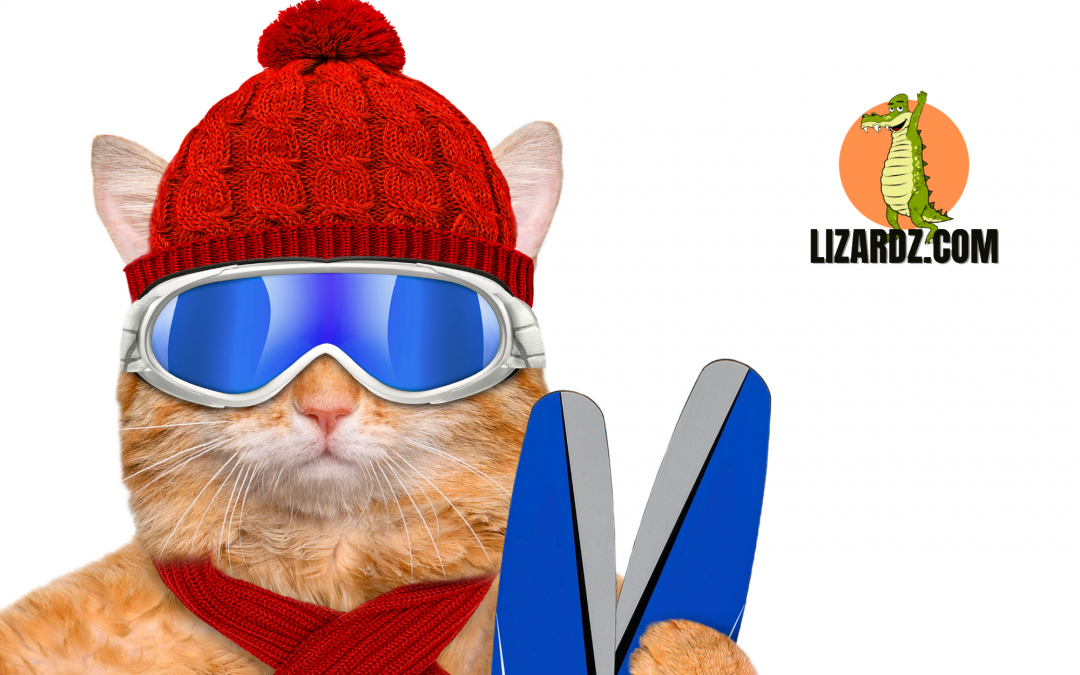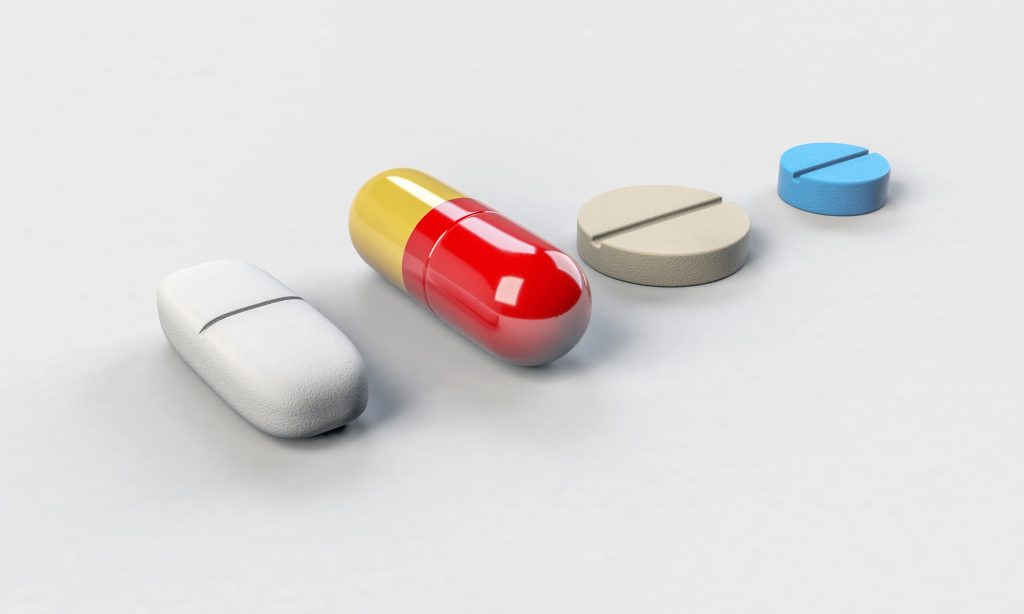In many ways, having a pet is like having young children. You must constantly watch them, especially when they are very young, to make sure they don’t get into trouble, eat something they’re not supposed to, or chew on a live electrical cord.
Still, you don’t have eyes in the back of your head, and there will be times when you simply can’t watch your pet(s) constantly.
That’s where pet-proofing your home comes in. There are simple precautions that you can take to ensure your pet’s safety and provide you with the peace of mind to know that your pet will be as safe as possible, even when you’re not watching him.
Beware of Antifreeze
If you keep antifreeze in your home, basement or garage, make sure it is far out of reach of your pets, and keep it in a sealed container. And, if you spill the antifreeze or it drips, clean up the mess immediately.
Pets will willingly drink antifreeze because of its sweet taste, a move that could prove deadly.
In fact, according to the National Humane Education Society, if your pet ingests even one teaspoon of antifreeze, he could die very quickly. If you suspect your pet has ingested antifreeze, get him to the vet immediately.
Know what plants are dangerous
Many pets – not just dogs and cats – love to munch on household plants. The problem is there are a long list of plants that are toxic and that could potentially sicken your pet.
Before you add plants to your home, know which plants are dangerous. And, if you do have toxic plants in the home, keep them as far out of reach from your pets as possible.
Common toxic plants include: bird of paradise, daffodils, holly, iris, tomato plant, tulips, rhododendron, peace lily, morning glory, buckeye, Christmas rose, mistletoe, poinsettias, and hydrangea.
A toxic plant list can be found on the ASPCA’s Web site at:
http://www.aspca.org/site/PageServer?pagename=pro_apcc_toxicplants.
Dangerous foods for your pets
Some pets love food so much they’ll eat anything. Unfortunately, there is a whole host of foods that simply are not good for, and can severely sicken, pets.
Most people have likely already heard of the dangers of chocolate for pets, but did you know that such foods as salt, yeast dough, and onions are also bad for your pets? If you’re not sure what foods are dangerous or not good for your pet, talk with your veterinarian.
Keep medications out of reach
Even if your medications are in so-called child proof bottles, make sure you keep them someplace that is inaccessible to your pets. Among those medications that can be fatal when ingested by a pet include: antidepressants, pain killers, vitamins, diet pills, and cold medications.
That said, never give your pet any over-the-counter medication without first consulting your veterinarian. Unfortunately, many medications that can make us humans better can actually hurt or kill your pet.
Cover cords/wires
Computer, telephone, television, stereo, and other wires are often a temptation to pets, especially those who like to chew. A chewed wire not only means damage to your property, but it can also mean severe injury, including death, from electrocution. Keep all of your cords out of reach from your pets.
If you’re like many pet owners, you likely have pets who can squeeze behind, crawl on top of, and reach even the most securely hidden cords. If you’re one of those pet owners, consider purchasing tubing, at your local supply store, to cover those wires or cords.
If you can’t or do not cover the cords, rub something with an unpleasant taste – like bitter apple – on the exposed cords. Additionally, make sure you cover all electrical outlets if you’ve got a curious pet. You can purchase electrical outlet covers at your local home supply store.
Keep Emergency Numbers Handy
When faced with an emergency, especially when involving a beloved pet, some people panic. Even if you’re calm in the face of an emergency, it’s a good idea to keep your regular vet’s and an emergency vet’s phone number in an easy-to-remember place, like on your refrigerator.
It’s also a good idea to keep the ASPCA’s National Animal Poison Control Center’s phone number handy. You can reach the National Animal Poison Control Center at 1-888-426-4435. Depending on the situation, you may be required to pay a fee when you call.
Investing the time to pet proof your home now will only serve to benefit you and protect your pet in the future. Of course, emergencies and accidents do happen, and even in the best pet-proofed home, there may be accidents. Pet-proofing your home will hopefully keep those accidents and emergencies to a minimum.
Finally, please note that this is not an exhaustive list of how to pet proof your home.



